The integration of ebook providers’ platforms with library ILSs was a big topic at the PLA conference in Philadelphia last week, with the 3M/Polaris integration leading the way. However, the Boopsie mobile app already accomplishes, in its own way, some of the goals of such an integration, particularly a simple and quick user experience without jumping interfaces. And at PLA, a new competitor entered the mobile app marketplace that pushes the integration to include a library’s physical hardware.
Many ILS vendors are awaiting the release of APIs from OverDrive to achieve integration with that key company, but OverDrive previously provided an API to Boopsie which allows the app to search for a book in epub format. OverDrive provides Boopsie a list of all ebooks on a library by library basis, and Boopsie can discover content both in the ebook channel that it carves out and in the OPAC (if there is a MARC record). But Boopsie uses its own indexing and search, not the ILS vendors’ search.
“We have found that the patrons like discovering the ebook content from a ‘Download eBooks’ channel in our app versus looking through the ILS and trying to find ebooks,” said Greg Carpenter, the CEO of Boopsie. “So, we carve out a separate channel for ebooks and show them with the most popular titles at the top and we show the items that are available right now,” he said.
As a result, the patron always has a successful transaction the first time they click on a book, and selecting a book also automatically launches an ereader that handles the epub format (e.g., DL Reader or BlueFire).
“It gets the patron there quicker without having to master the intricacies of the OPAC and figuring out how to isolate the search to the type of thing they are looking for,” Carpenter said. “A librarian may want to have all of these options, but patrons like things to be easy and clear,” he said, referring to librarians’ desire to have all content within a single silo.
Stephen Grubb, the e-services manager at Broward County Library in Florida, agreed that it was helpful at the mobile level to avoid the intricacies of the OPAC.
“It’s about relevance to me,” Grubb said. “If you’ve ever tried to search the catalog on the phone it’s cumbersome, so it’s just ease of use and being something that people can include in their daily life wherever they are,” he said. Grubb also said the fact that Boopsie uses its own indexing made the searching particularly fast and the app suggests searches as a patron types.
If efforts to integrate third-party ebook vendor platforms into ILSs are successful, patrons should be able, among other things, to see the availability of ebooks from the ILS screen. And OverDrive’s new WIN catalog, which was on display in Philadelphia, also allows sorting by availability. But Boopsie is already there.
“What we have heard consistently from librarians and patrons is that the ‘other’ experience of clicking on a book only to find it isn’t available because it is already checked out, then trying another and it’s checked out, is very dissatisfying,” Carpenter said.
Boopsie can also aggregate all the content from multiple ebook vendors into the single channel if the library wishes to present it that way, and holds place via Boopsie will show up in the ILS, according to Grubb.
The checkout process on the app also resembles the goal being pursued by ILS vendors with ebook providers. The patron only authenticates one time via the ILS. The authentication automatically propagates through OverDrive, avoiding a second authentication step. The entire checkout process is two clicks (see screenshots below).
So, the Boopsie app, in some respects, acts very similar to the 3M/Polaris prototype integration that was on display at PLA, but with all ILSs and OverDrive content. However, one key element, circulation statistics and other metrics, still come either from Boopsie or OverDrive, rather than being embedded into the ILS database.
Boopsie is also looking to make its app a juncture point for all other library-related apps.
“We’re trying to make it so other third parties that work in the library business have a way to plug in to our application architecture so the library can just promote their app,” Carpenter said.
If other third parties use this architecture, the Boopsie app will detect whether the third-party app is installed on the device and then facilitate the installation if the app is not on the device or launch the app (e.g. Cengage’s AccessMyLibrary) if it is installed.
“Having a patron download 50 different apps just to get to the content is hard so we manage not only the accessing the app but the ability to get the app as well,” Carpenter said.
Meanwhile, Solus UK Ltd, a Scottish company, and ISNG, an Italian company, were showcasing a new mobile app — Your Library Phone —- at PLA. The two companies have partnered to integrate the mobile app (from Solus) with other hardware in the library (from ISNG). The app was initially developed with the cooperation of the Library and Information Services department of the City of Edinburgh Council in 2011.
“We are here to test the waters in the states and see what potential distributors think of the product and to speak to end users and see what they think,” said Neil Wishart, the director of Solus.
Already in use in the UK, Solus said the app, which works with all smartphones, uses web services or SIP2 to integrate with a library’s OPAC. The company also met with OverDrive to discuss the set of APIs it plans to release in April.
One big selling point for Your Library Phone, according to company officials, is how the phone interacts with ISNG’s hardware products, such as an RFID self-checkout system.
ISNG produces an RFID pad with a large QR code on it that the patron scans in order to be authenticated. Then physical books are placed on the pad and their RFID labels are read and the books are checked out. The process also deactivates the anti-theft device and sends a receipt to the patron’s phone. When the books are due, the app receives an alert (see video below).
“We’ve had a lot of interest especially when we show them how it’s possible to integrate the mobile app with the hardware in the library,” Wishart said.
More information about the app’s capabilities can be found on Solus’s website. The screen shots below that demonstrate the checkout process using Boopsie:
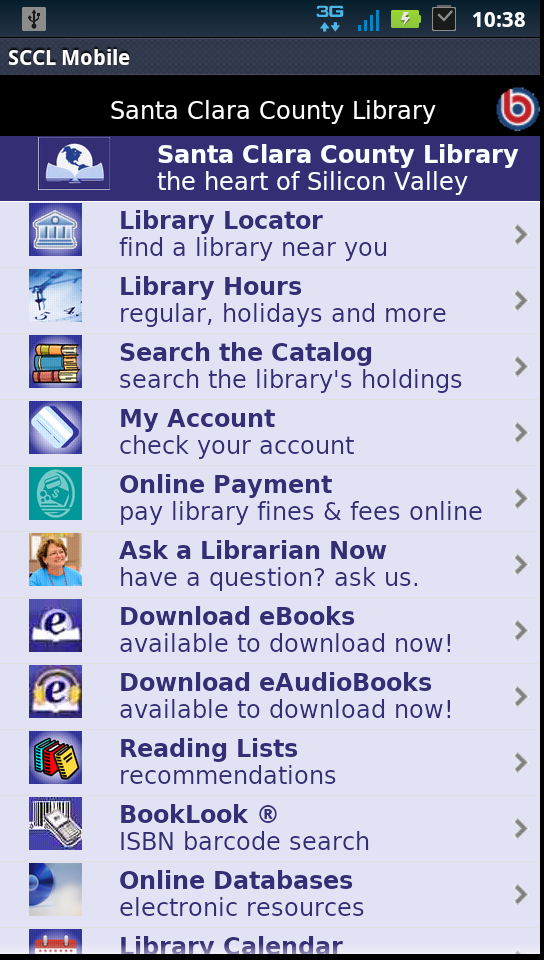
Home page of mobile app for Santa Clara County
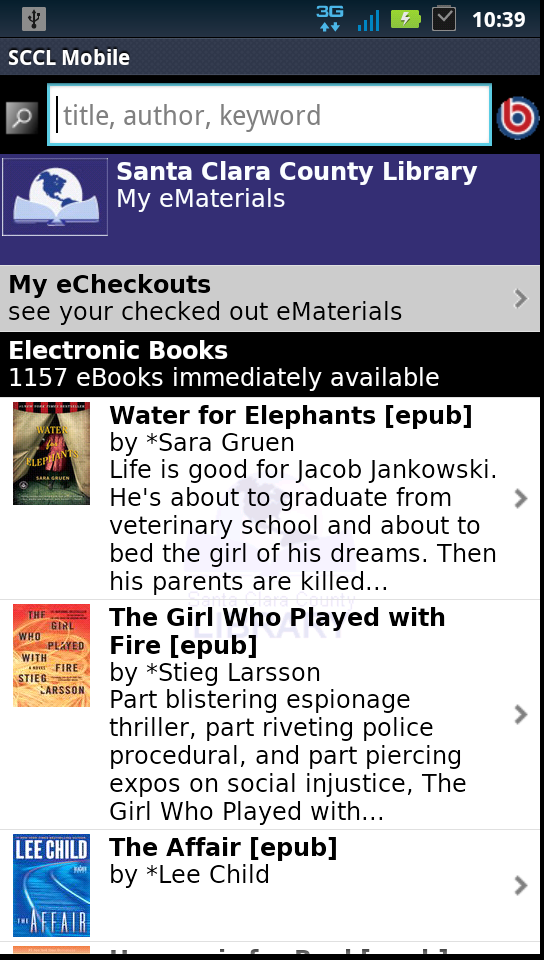
Clicking on "Download eBooks" shows list of popular books available now
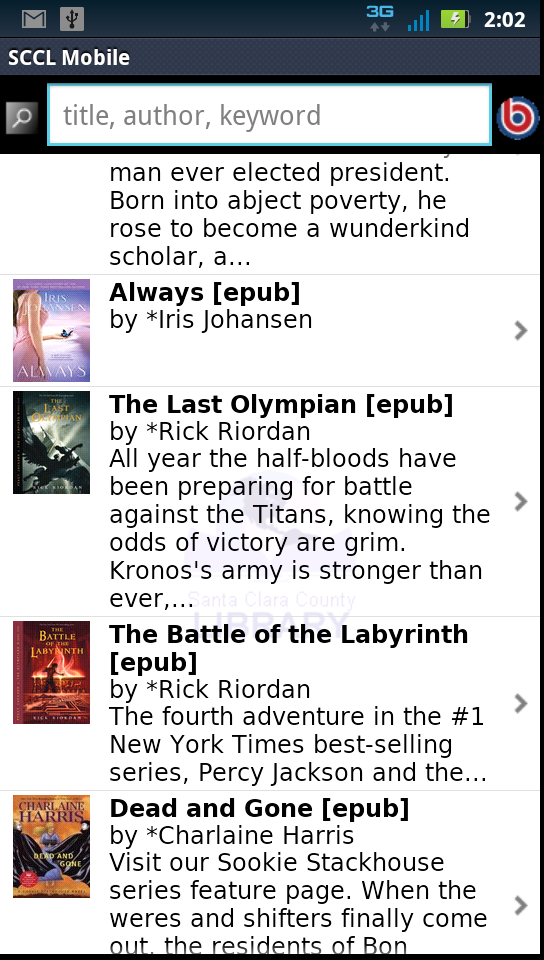
Find a book - in this case "The Battle of the Labyrinth"
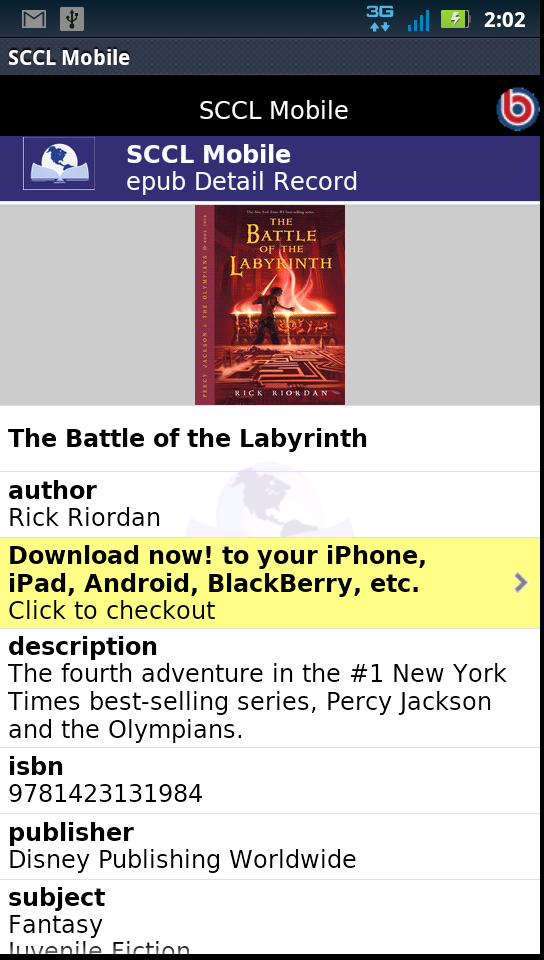
Click on the book to see the detail/overview
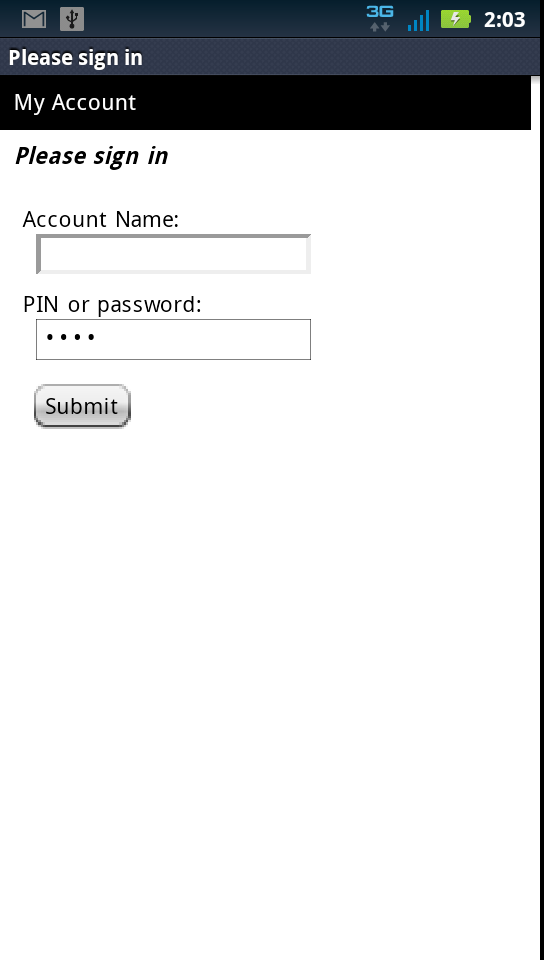
Clicking "Download now!" will authenticate the user through the ILS if they are already not authenticated.
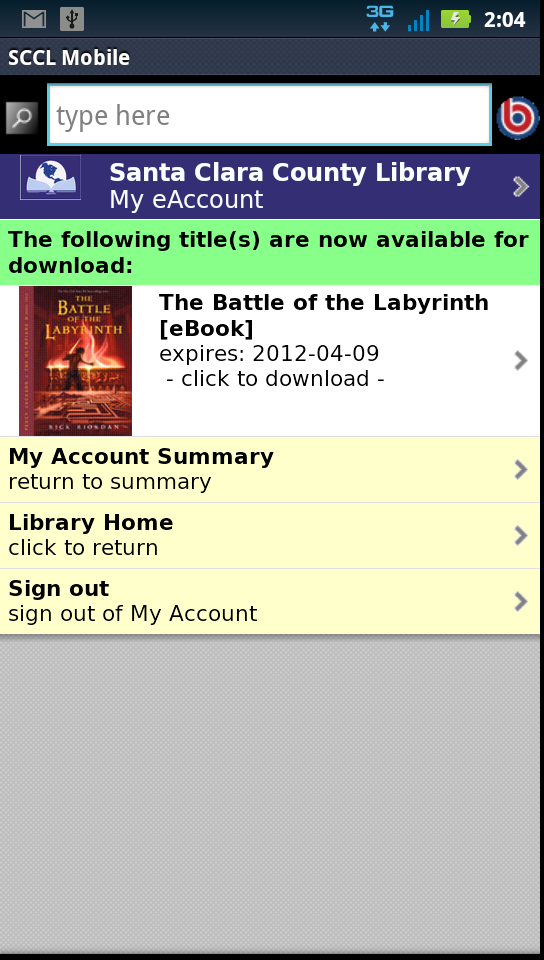
After authentication, the eBooks shows as 'checked out'
 Clicking ‘click to download’ automatically launches the ePub in the reader application
Clicking ‘click to download’ automatically launches the ePub in the reader application



Thanks!